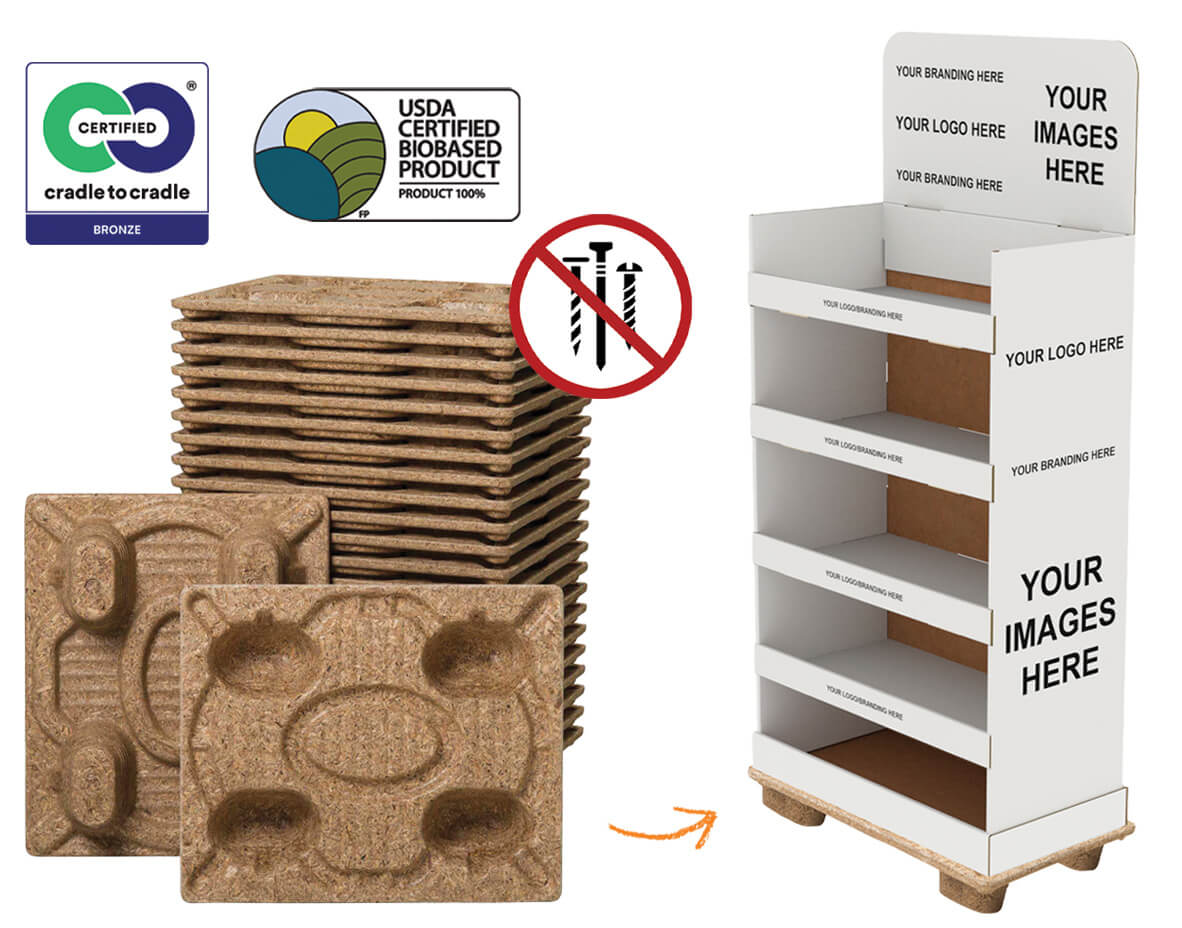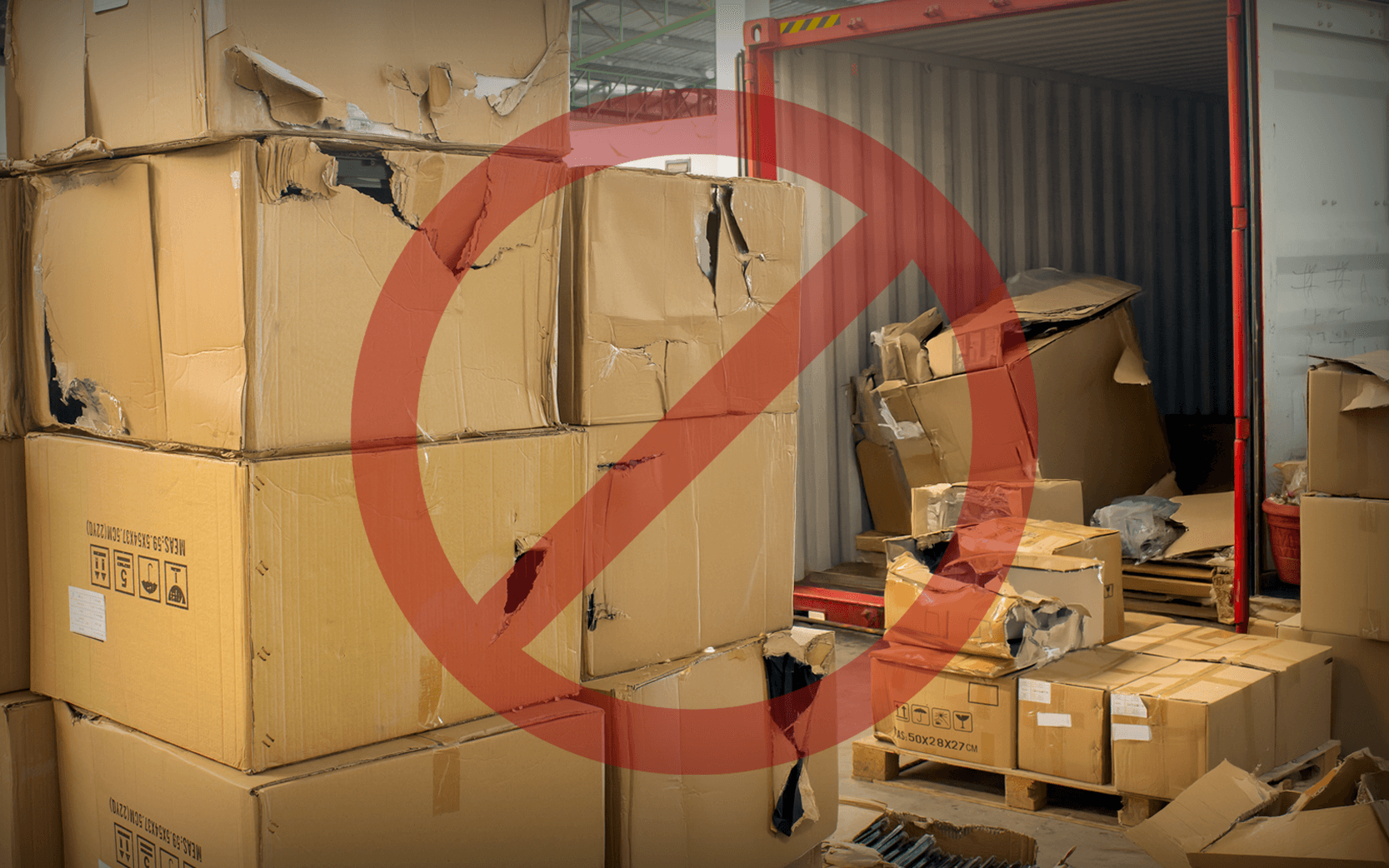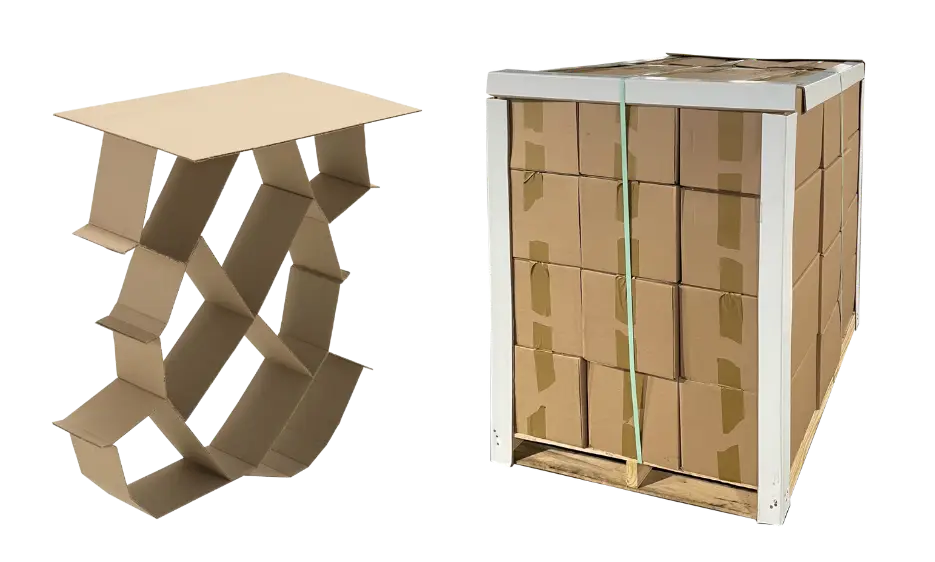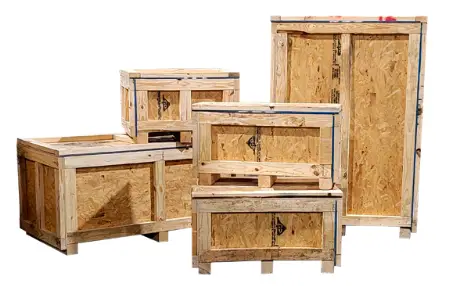The Occupational Safety and Health Administration’s (OSHA) new Hazard Communication Standard (HCS) is designed to more closely align reporting practices with the Globally Harmonized System of Classification and Labeling of Chemicals (GHS). Developed by the United Nations, GHS is a global approach to classifying chemical hazards and communicating information about these hazards via standardized labels and safety data sheets.
According to U.S. Secretary of Labor Hilda Solis, “Exposure to hazardous chemicals is one of the most serious threats facing American workers today…..revising OSHA’s Hazard Communication Standard will improve the quality and consistency of hazard information, making it safer for workers to do their jobs and easier for employers to stay competitive.”
Although new and improved reporting requirements for hazardous chemicals may seem a topic that is far removed from the pallet industry, DeAnna Stephens Baker’s recent article in Pallet Enterprise suggests the new OSHA regulations are important for pallet manufacturers, and companies taking this latest wave of new regulation lightly would be well advised to reconsider. Pallet manufacturing facilities actually contain a wide range of materials, including gases, hydraulic fluids, equipment lubricants, greases, combustible dust, and mold treatments that can be deemed hazardous, and as such, pallet manufacturers will be required to reformat their safety sheets and provide HazCom training for employees. It is also important to note the new requirements extend beyond the pallet industry: any business (manufacturers, service oriented businesses, etc.) using potentially hazardous materials is required to comply with the new OSHA standard.
According to OSHA, providing a common approach to classifying hazardous chemicals and communicating this information in a more standardized fashion will improve the consistency of HazCom information, making it easier for employees to understand the safe use of hazardous chemicals. In addition, the use of pictograms will help reduce trade barriers and increase productivity for U.S. businesses that routinely store, handle, and use hazardous materials in the workplace.
OSHA’s new Hazard Communication Standard (HCS) contains the following provisions:
- Chemical manufacturers and importers must evaluate the hazards of the chemicals they produce or import, and create labels and safety data sheets that explain the hazard information to downstream customers.
- Employers with hazardous workplace chemicals must have labels and safety data sheets for their at-risk workers, and train employees on their safe and appropriate use.
Major changes to the new Hazard Communication Standard include:
- Hazard classification will provide specific criteria for classification of health and physical hazards, as well as classification of mixtures.
- Chemical manufacturers and importers will be required to provide a label that includes a harmonized signal word, pictogram, and hazard statement for each hazard class and category. Precautionary statements must also be provided.
- The new Safety Data Sheets will follow a specified 16-section format.
- Employers will be required to complete employee training on the new label elements and safety data sheet format by December 1, 2013.
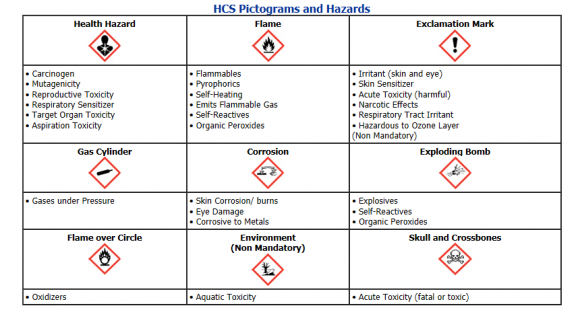
It should be noted that providing employees with the revised and reformatted safety sheets does not fulfill an employer’s compliance obligations; HazCom training must include both an explanation of the hazardous materials found in the workplace combined with a discussion of how to use, read, and interpret the new information. Employers must also include time for employee Q and A to ensure workers understand the revised safety information.
Although making sense of some OSHA requirements can seem like strolling blind-folded through a maze, the consequences of non-compliance can lead to significant fines, and for your employees, non-compliance can result in serious injury or death. For these reasons, companies with hazardous workplace materials should consult OSHA’s page on this subject matter which is available here.
The table below shows the phase in periods for the revised Hazardous Communication Standard:

At Litco International, we take our obligations to meet at federal safety standards seriously and we are committed to a safe working environment. To this end, we have created new safety data sheets to replace our older Material Safety Data Sheets (MSDS) for our Inca pallets and our employees will be trained on the new HazCom policy shortly. Here is our new safety data sheet for our presswood pallets.
According to Matt Doughty, plant manager of the Dover, Ohio facility that produces a number of our Inca presswood pallets, “Although the new safety data sheet looks very similar to the MSDS sheet it replaces, there are several distinctions between the two approaches. While the new standardized approach calls for grouping potentially hazardous materials into GHS classifications, our molded presswood pallets don’t fall into one of these defined categories, and as such, under section 2, readers will note the absence of a GHS classification. As a result, the document does not contain a HCS pictogram symbol noted above. One of the other main differences between the old and new safety data sheets is the inclusion of new instructions instructing first responders on safety precautions in the event that they are called to a fire where presswood pallets are present.”
OSHA officials estimate that over 5 million businesses and 43 million employees will be affected by the revised Hazard Communication Standard (HCS). We are all on the clock to move toward compliance with these new requirements. Are you ready? While the effective enforcement dates of the new HCS may seem far off on the horizon, the deadlines will come sooner than you might expect. To learn more about how the new HCS standard affects your business and employees, visit http://www.osha.gov/dsg/hazcom/.

All Litco products are designed to Carry your products safely on through the most demanding supply chains.

